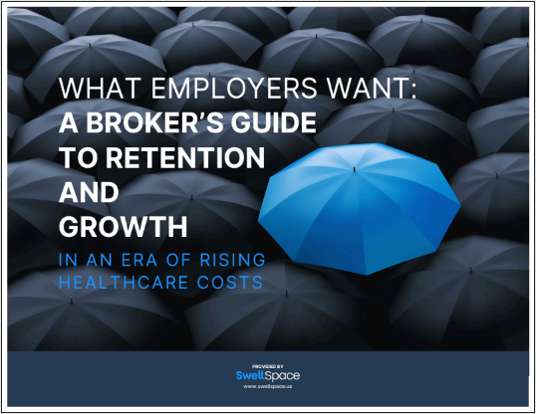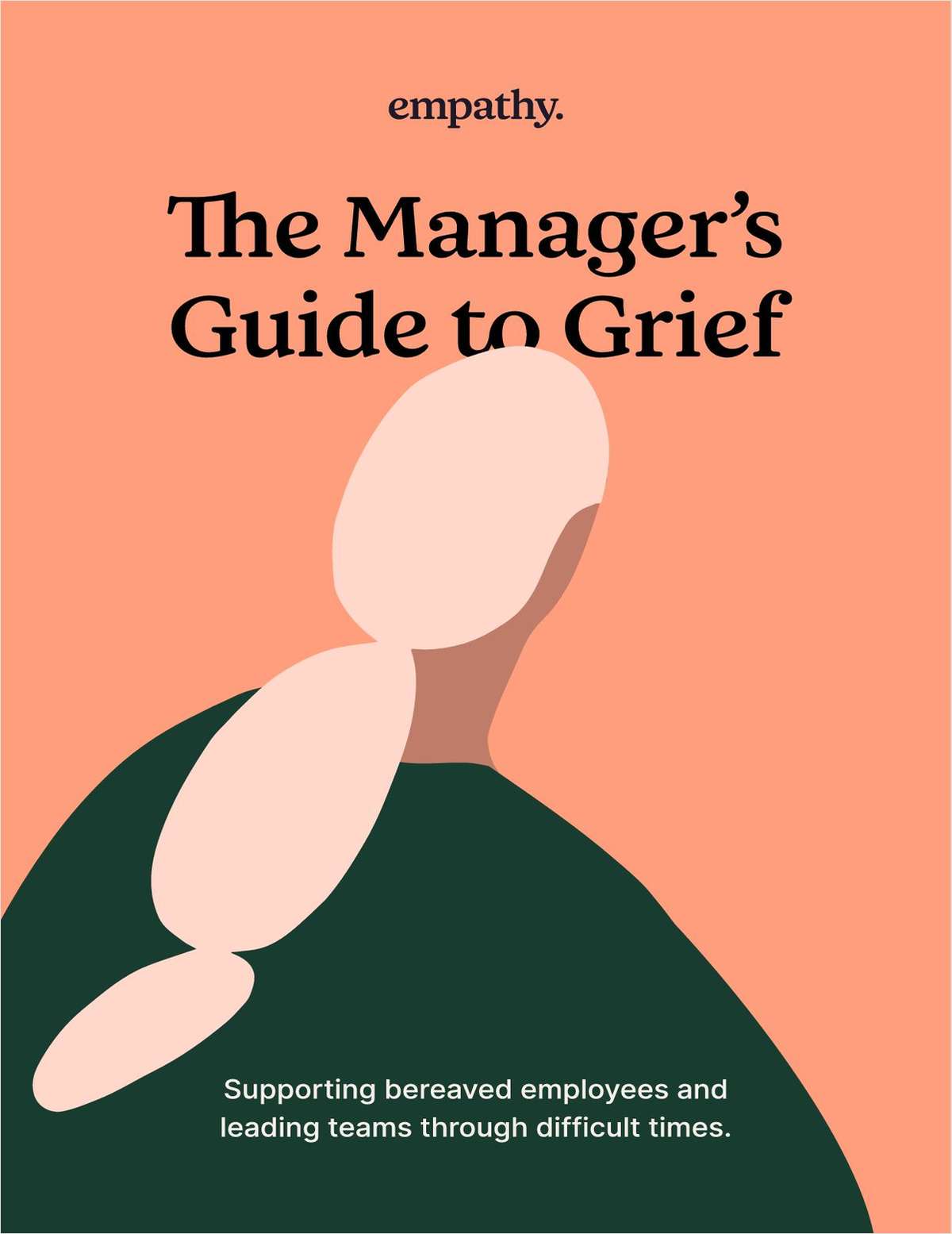WEST PALM BEACH, Fla. – A low rate environment, a shaky economy, and plenty of liquidity. Investing in this climate isn't easy, and corporate CUs are seeing many of their member CUs sitting on the sidelines. "They're dragging their feet a bit. Half our balances are still sitting in overnight accounts," said Dietmar Huesch, vice president of portfolio management, investment division for WesCorp. Huesch said certificate balances outstanding at WesCorp sit at $7 billion, with another $7 billion in overnight accounts – too much in Huesch's mind. He said WesCorp is trying to get its members to look at some term certificates now, especially with the possibility of one or two more rate cuts. There's also a case of "I told you so" going on among some investment advisors. Credit unions, which were heavy in callables last year, didn't do enough bullet investing, said Huesch. Those who got in on bullets early this year are sitting pretty after a series of Fed rate cuts. "They did not do enough. We saw the biggest increase in (term certificates) in September. They should have been doing this in March, April, May, June and July," said Huesch. While saying CUs did not do enough with bullets to position themselves for these rate cuts, Huesch said there were some legitimate concerns among CUs over whether or not their liquidity would stick around or if loans would start picking up. Searching for yield as margins tighten, some CUs are looking out longer on the yield curve. "We've seen a number of members come in and do longer-term certificates, three and three and a half year bullet investments. People are leery of adding certificates yielding less than 3%," said Mark Schieffer, investment manger for Southwest Corporate FCU. Schieffer said he loves the three-year part of the curve. "With cash at 2%, levels out in the three year range are 4 4-4.5%," said Schieffer. Callable investments, which were called away in droves by CUs late last year and this year, are still popular among CUs looking at pure yield. Southwest has had 32 callable issues this year already worth $500 million. Corporate investment professionals Credit Union Times spoke with said some credit unions are caught in a grueling callable cycle, continually seeing them called, and jumping back in chasing yield. They do seem to be getting smarter by taking six-month or one-year lockout periods, said Huesch, who noted that one of WesCorp's most popular products right now is a three-year, one-year "step up" callable, where yield increases if not called after a year. Bart Salazar, Chief Operating Officer at MemberTrade Advisory Services, LLC, a wholly-owned CUSO of Empire Corporate FCU, is a little frustrated that more credit unions aren't maintaining a disciplined approach to investing. "No matter how much you try to counsel credit unions to keep a discipline from an overall bullet type security perspective, there is still that strong temptation to purchase callable securities in this type of interest rate environment. Rates continue to decline and those things will be called away," said Salazar. "Let's not forget a year ago, when if credit unions would have purchased two or three year bullets instead of having the 7 to 8% callables called away, they'd be sitting with 6% yields," said Salazar. He like most interviewed for this story said callables have a place in CU investing, but they shouldn't dominate. "Yes callables are OK in the overall scheme you're trying to achieve. But some credit unions that put a larger percentage in callable securities become almost dependent on that same type of product," said Salazar. He said a laddered or barbell approach was tough to stick with earlier this year, but it would have been worth it. Callables shouldn't overwhelm a portfolio, said Tim Dougherty senior vice president of brokerage services for Corporate Network Brokerage Services. "It's not a bad thing to do in moderation, the problem is when you have 50 to 75 to 100% of your portfolio in one instrument, such as a callable, as rates drop off you're going to be in a bad situation. You need to monitor your concentration limits in different instruments," said Dougherty. "The lesson to be learned is to diversify the portfolio, and make sure you have a strong ladder built up." Dougherty said CNBS is seeing more CUs fill in their ladders with bullets; well-structured CMOs; and callables are still very popular. U.S. Central did what a lot of credit unions are now wishing they did with their investment portfolios. U.S. Central Senior Vice President of Asset Liability Management Dave Dickens said in November of last year U.S. Central extended a portion of its portfolio, thus picking up a bunch of yield since the onslaught of Fed rate cuts. "We have been long of our index for about a year now. It's served us quite well. We aren't scrambling to look for good options," said Dickens. So what does Dickens recommend natural person CUs do with their portfolios? It's best to start with what not to do, said Dickens. "There's a huge temptation to reach for yield. The easiest way to do it is in mortgage products," said Dickens. The reason a mortgage-backed might be paying above market rates, is it has above market risk, he emphasized. He said there are many questions CUs have to answer when looking at mortgage-backeds. "If pre-payment speeds go back to normal or even below normal, than what does the weighted average life do? Credit unions can pretty much go back to `93 and `94 and look for the mistakes they made back them. The trick is sifting the good from the bad, and bad doesn't mean from a credit risk standpoint, but more an investment ending up being very illiquid, with big unrealized losses associated with rates going up," said Dickens. How big has the liquidity inflow been in the industry? To somewhat put into perspective, U.S. Central is twice the size right now (about $30 billion) than it was last year (about $15 billion). Investing is about staying on a planned course, said Kevin Chiapetta, vice president of investments for Wisconsin Corporate Central CU. "Stick with the basics. What concerns us in a low rate environment is the desire to stretch for yield makes you do things you wouldn't otherwise do. You have to be careful not to overextend," he said. Chiapetta said going out five years now could be like making a five-year commitment to solve a two-year problem. He is encouraging Wisconsin Corporate's members to go out to the one and two year parts of the curve. "From a pure total return play, it's kind of hard to go out much beyond a year. There is some steepness, but not quite enough to make it prudent on a total return basis." Credit unions keeping most of their money in overnight accounts my be suffering from sticker shock said SunCorp Corporate CU's VP of Investments Dennis Goldman. "I see most of them being shell-shocked with sticker shock at these low rate levels. People have a lot of extra liquidity but are kind of cautiously extending," Goldman said. Goldman said there's an interesting economic dynamic resulting from the Sept. 11 attacks. He said Fed rate cuts may now form a disconnect with what Treasuries rates are doing. "I think the difference now is that Treasuries don't seem to be moving in tangent with easings on the the fed funds target. We're getting to the point, where the fed will ease for unrelated reasons to build confidence in the economy," said Goldman. That's a dynamic CUs will have to keep their eyes when considering certain investments, he said. [email protected]
Continue Reading for Free
Register and gain access to:
- Breaking benefits news and analysis, on-site and via our newsletters and custom alerts
- Educational webcasts, white papers, and ebooks from industry thought leaders
- Critical converage of the property casualty insurance and financial advisory markets on our other ALM sites, PropertyCasualty360 and ThinkAdvisor
Already have an account? Sign In Now
© 2024 ALM Global, LLC, All Rights Reserved. Request academic re-use from www.copyright.com. All other uses, submit a request to [email protected]. For more information visit Asset & Logo Licensing.








